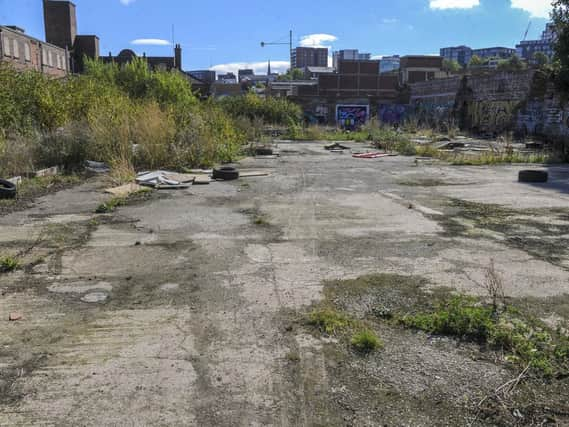Conservation areas promote development


On behalf of Joined Up Heritage Sheffield and Hallamshire Historic Buildings
The comment by Adam Murray, director of Coda Planning, that he thinks a conservation area has stopped developments such as his proposed Mirador at Shalesmoor, misrepresents how such areas work (Star, 29 September).
Advertisement
Hide AdAdvertisement
Hide AdConservation areas quite rightly protect historic buildings, but they also encourage developments that will enhance the area.Â
Two of Sheffield's greatest development hotspots are Kelham Island and the Cultural Industries Quarter, both of which are conservation areas.Â
Mr Murray thinks that buildings should be individually protected or else open for development, and this of course is exactly what a conservation area does.Â
For the nearby Furnace Hill area, the appraisal report identifies those buildings and spaces worthy of protection, and also a large number of buildings and spaces that have negative impact, which makes them ripe for development.Â
Advertisement
Hide AdAdvertisement
Hide AdConservation areas can also protect historic buildings from casual demolition.Â
In the case of Old Coroner's Court, in which Coda was the agent, it would have been helpful to everyone if the proposed Castlegate conservation area had been in place.Â
Fortunately following some good collaboration between heritage campaigners and the Council, their client took a more positive view and the building was reprieved.Â
The vacant site proposed for Mirador has long been an eyesore, but development has not been held back in favour of heritage protection: it is not even in a conservation area.